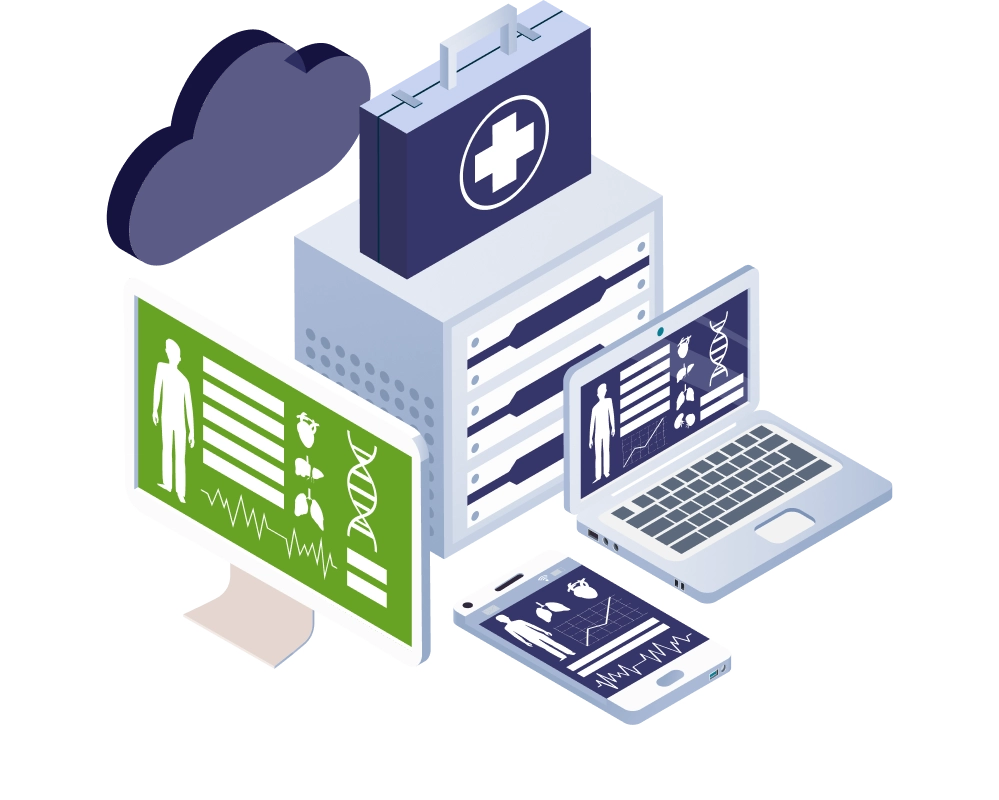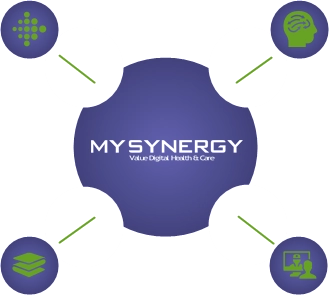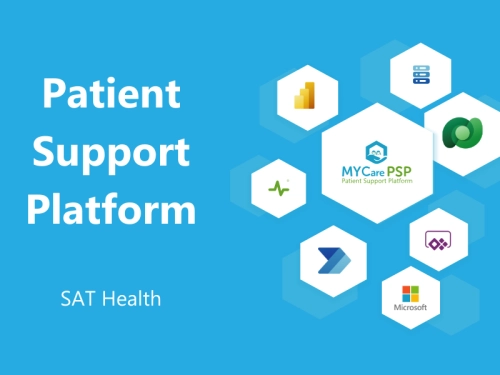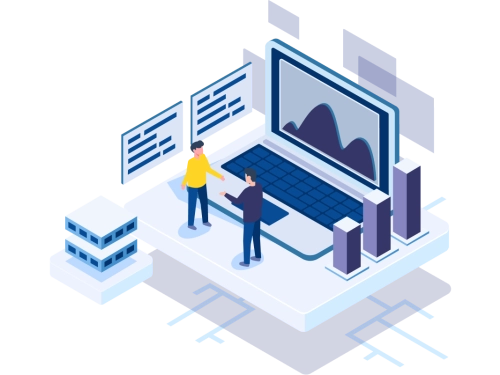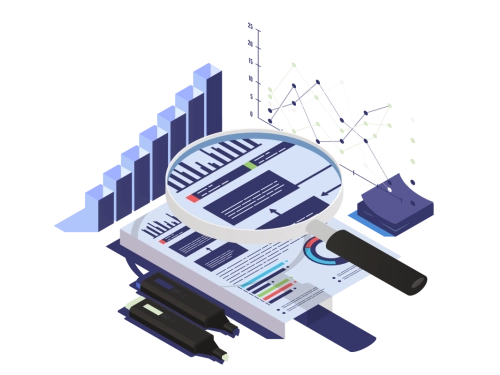Low-code solutions allow you to scale resources up and down according to your requirements for uptime and costs.
Custom enterprise software development
Key Takeaways:
- Software development using low code for healthcare results in enterprise grade software delivered faster and more cost-effectively, with scalable architectures, seamless integration with third-party software, and engaged professionals.
- Healthcare low code platforms provide reusable components, visual programming, seamless data integration, system analysis, cloud-native architecture, process automation, and enterprise compliance with industry regulations.
- Popular use cases include hospital management systems, centralized communication tools, homecare planning solutions, analytics platforms, and remote monitoring software.
- Faster Development and Time-to-Market: The low-code approach requires less development effort, providing boilerplate code, reusable components, and pre-built templates to speed up the building process. In other words, you’re creating an application from building blocks, not from scratch. Also, you can use low-code to quickly add off-the-shelf solutions to your platforms.
- Enterprise Grade: Usually, low-code solutions support scalable cloud-native SaaS architectures. Most of them integrate with popular cloud providers like Microsoft Azure. These services allow you to scale resources up and down according to your requirements for uptime and costs.
- Healthcare Professionals Engaged in the Production: Imagine analysts, doctors, nurses, and business technicians (citizen developers) taking part in your medical solution’s design, development, and deployment. Wouldn’t it make your application more valuable for healthcare providers?
- Reduced Development and Maintenance Costs: Low-code for healthcare reduces strain on IT departments and lowers the overall costs of the software development life cycle by 70%. These solutions let you deploy a minimum viable product or a working prototype quickly, efficiently, and with minimal coding.
- Integrates with Third-Party Software and Legacy Systems: Healthcare regulation compliant no code app development brings healthcare innovation closer to your platform, especially if you’ve stuck with outdated legacy systems. The process of full-scale IT modernization generally spans from 12 to 24 months. However, you can enhance your operations within just a few months by leveraging low-code/no-code tools. For example, by incorporating reusable packaged components.


